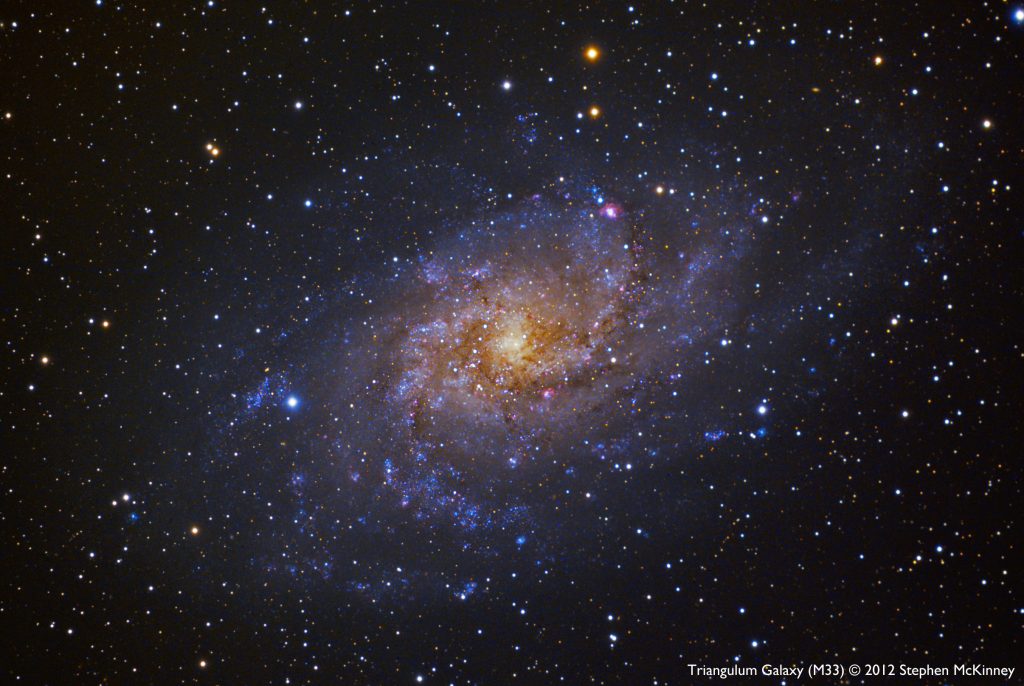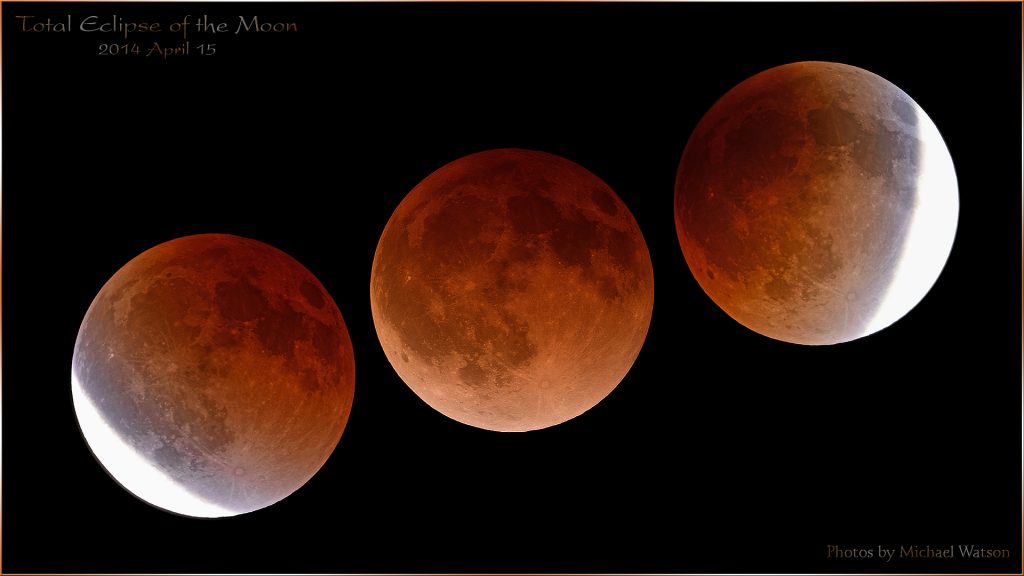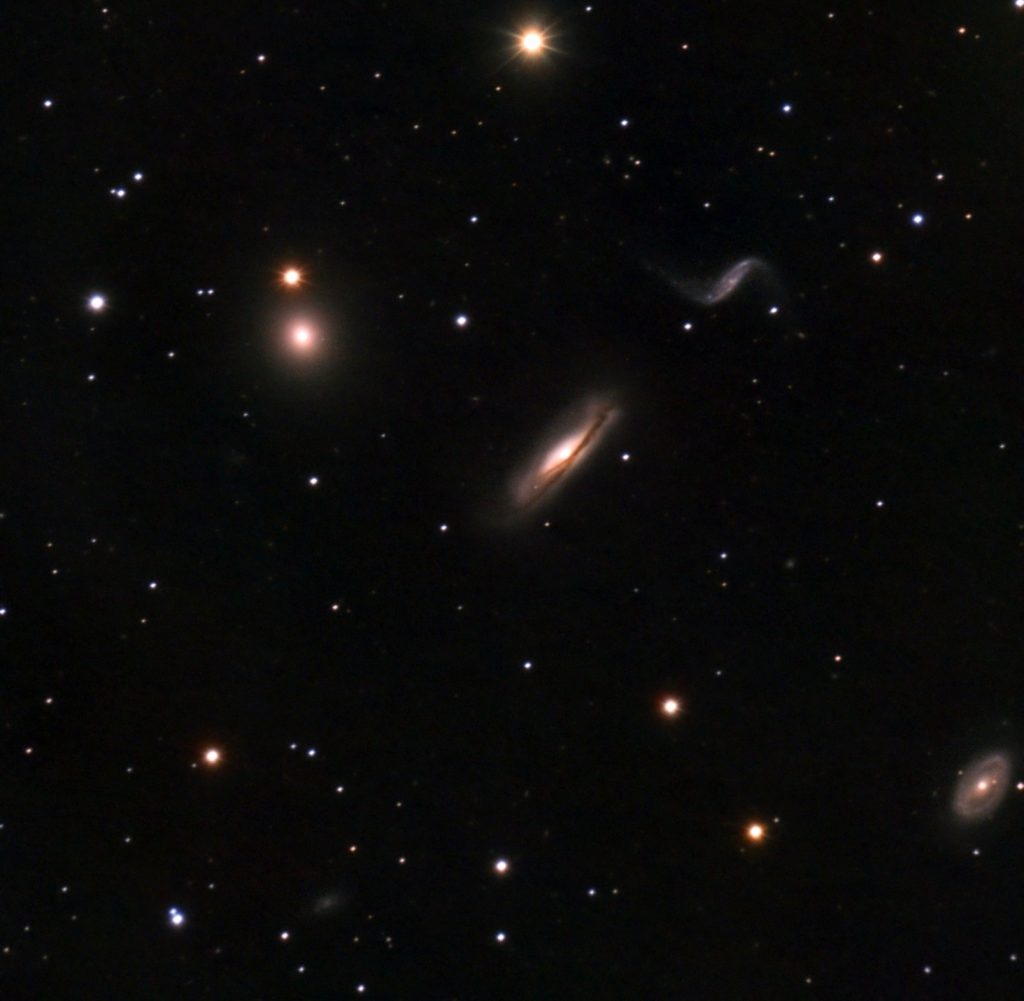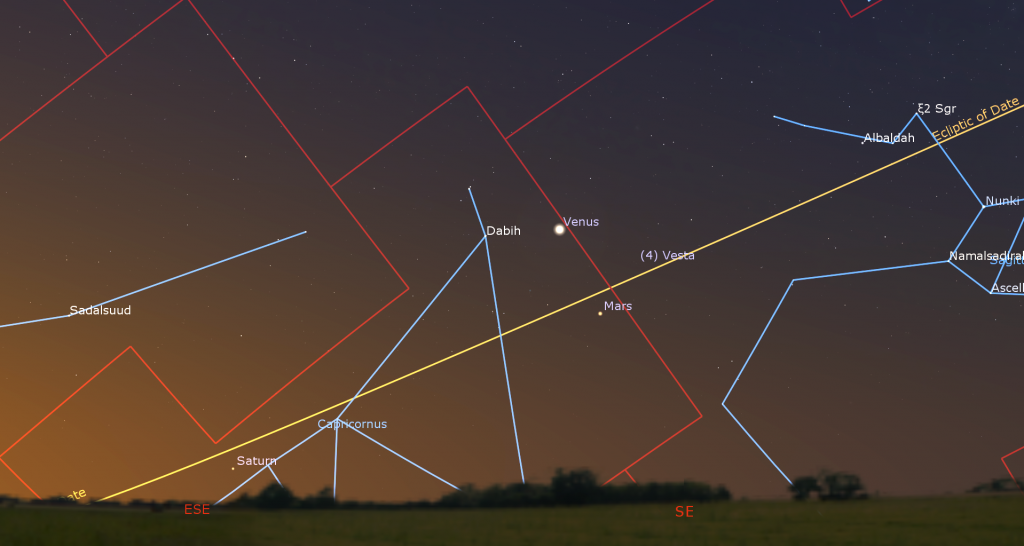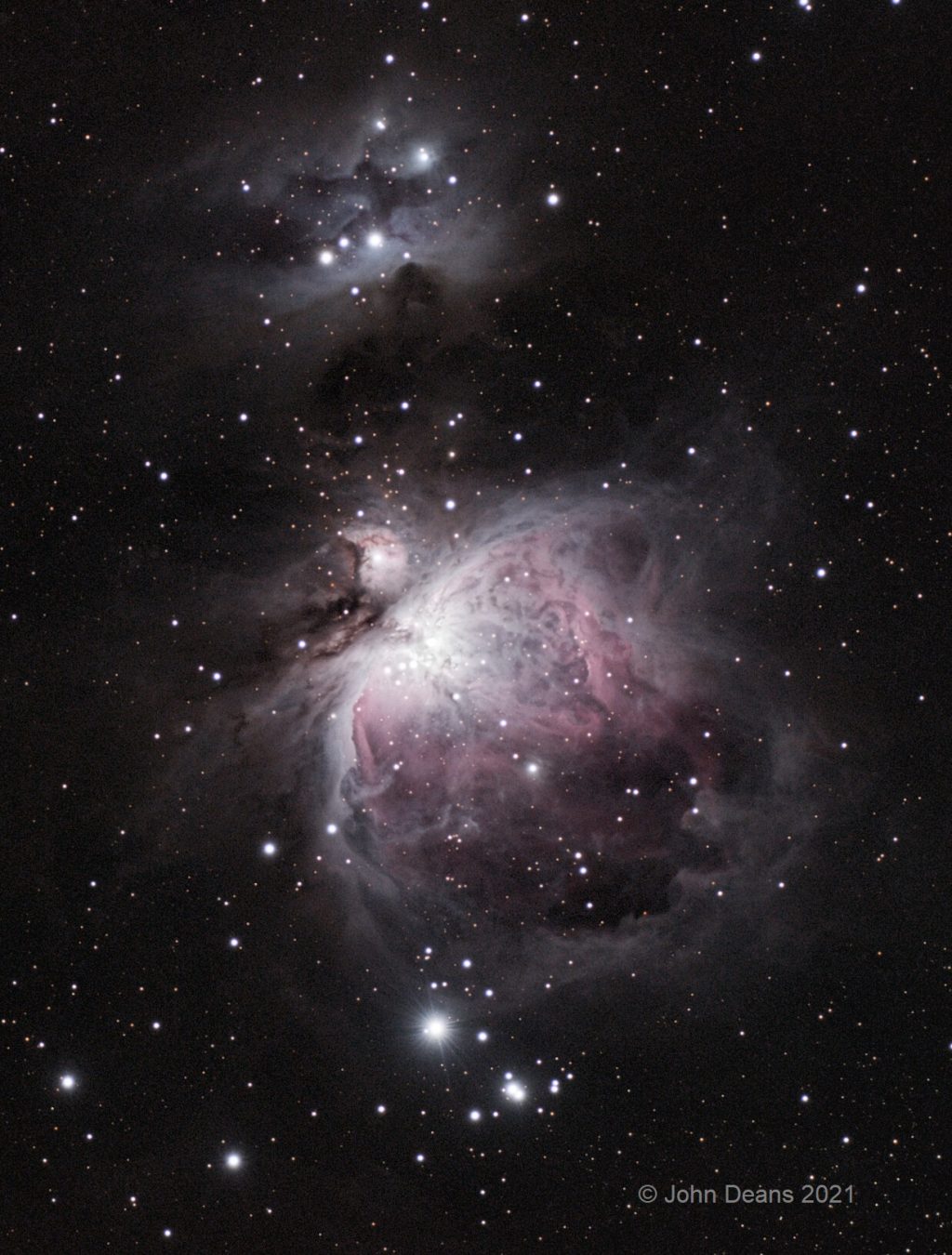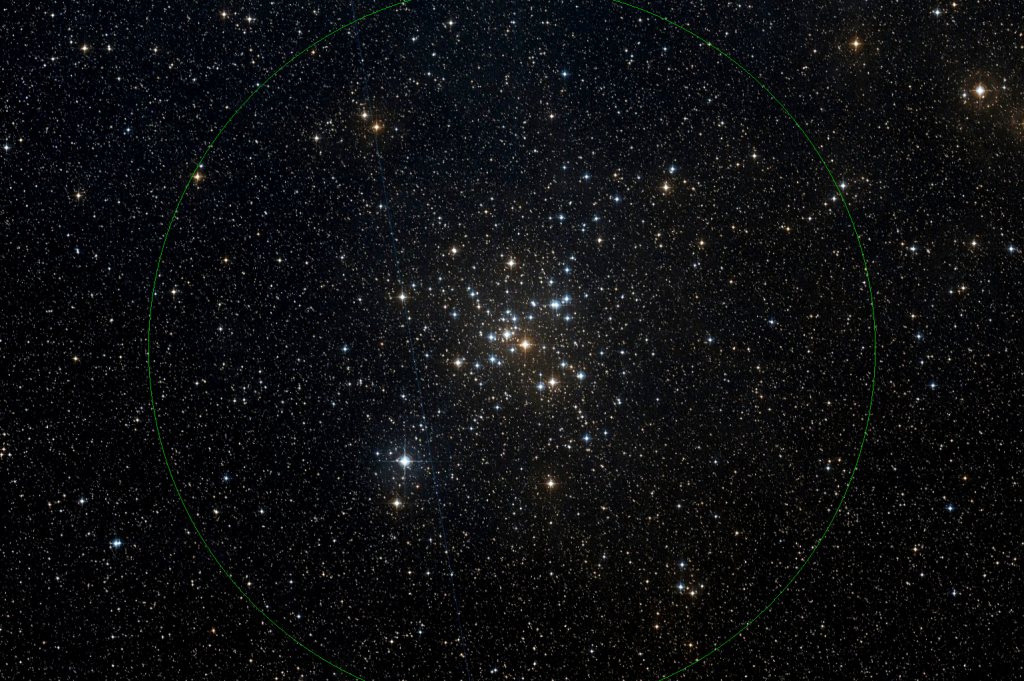Monday’s New Moon Brings Diwali and a Partial Eclipse, Arcturus Ghosts the Sun, and Jupiter’s Moons Say Boo!
The circumstances for Tuesday’s partial solar eclipse, which will occur during the new moon syzygy. The eclipse will only be visible with protective solar filters across parts of Europe, Africa, and Asia. This scene shows the position of the moon’s shadow on Earth at 11:01 GMT on October 25, 2022. (Starry Night) Hello, Late-October Stargazers!…
Read more

